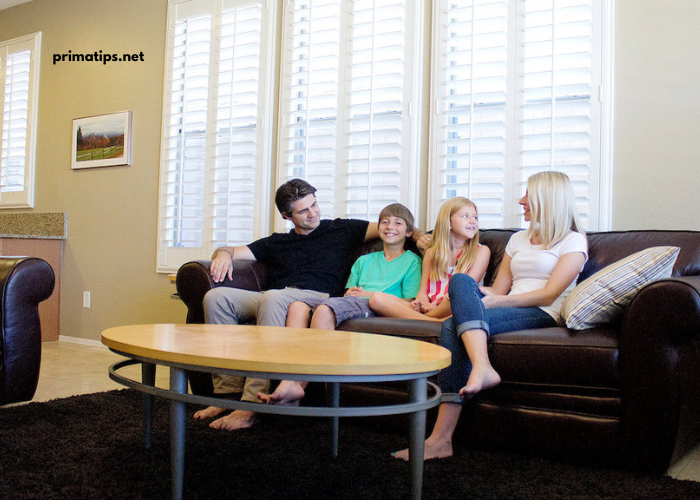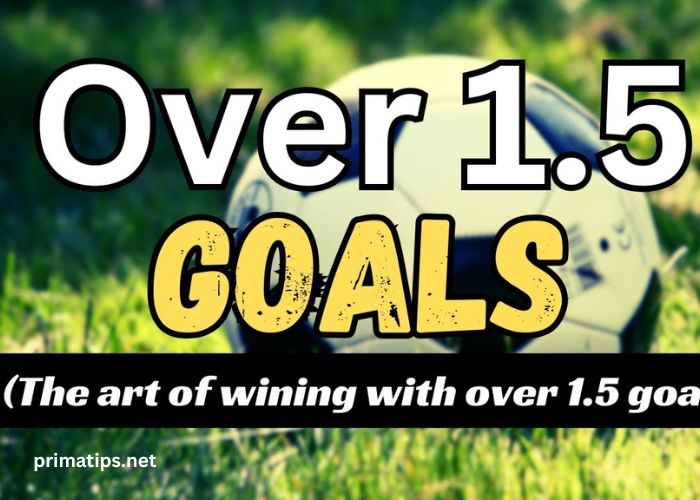Minimalist Lifestyle: Declutter and Live More Effectively
In today’s fast-paced world, where material possessions often define success, the minimalist lifestyle has emerged as a transformative way of living. This lifestyle advocates for a reduction in excess and encourages the focus on what truly matters. Adopting a minimalist approach not only helps you declutter your living space but also enhances your mental clarity and overall well-being. If you’re overwhelmed by the clutter in your life and are seeking more purpose and efficiency, this article will guide you through the core principles of minimalism and provide actionable steps to implement it.
What is Minimalism?
Minimalism is the intentional practice of simplifying one’s life by eliminating the unnecessary and focusing on what truly adds value. While often associated with decluttering physical possessions, minimalism also extends to other areas of life, including time management, relationships, and goals. It is not about sacrificing comfort or style but rather about making deliberate choices that align with your values.
In a world where consumerism often pushes individuals to accumulate more, minimalism is a reminder that less is more. By stripping away the excess, minimalists can create more space—both physically and mentally—to enjoy what truly matters, whether it’s spending time with loved ones, pursuing a passion, or simply having the mental freedom to think clearly.
Benefits of Adopting a Minimalist Lifestyle
Before diving into how to start living a minimalist lifestyle, let’s explore some of the core benefits that come with it.
1. Reduced Stress and Anxiety
When you are surrounded by clutter, your mind tends to mirror the chaos around you. Studies have shown that clutter can increase cortisol (the stress hormone) levels and can lead to feelings of anxiety. A minimalist approach allows you to clear not only your living space but also your mind. The fewer distractions you have, the more you can focus on what’s important and reduce stress.
2. Improved Mental Clarity
Decluttering physical possessions creates a serene environment, which in turn can promote better mental clarity. When your surroundings are clean and organized, it’s easier to focus and make decisions. This clarity extends to various aspects of life, from professional tasks to personal goals.
3. Financial Freedom
A minimalist lifestyle often leads to fewer purchases, which can translate to significant savings. When you focus on the essentials and prioritize quality over quantity, you’ll find that you spend less on unnecessary items, which can ultimately improve your financial health. Additionally, less spending often means fewer bills to manage.
4. More Time for What Matters
By decluttering and simplifying, you free up time that would otherwise be spent on maintaining possessions or managing the mess. Whether it’s spending more time with family, exploring new hobbies, or simply relaxing, minimalism allows you to direct your time and energy toward the things that align with your personal values and goals.
Key Principles of Minimalism
Minimalism isn’t about following a strict set of rules; it’s about adopting a mindset that empowers you to make intentional choices. Below are some key principles that define the minimalist lifestyle.
1. Intentionality
Minimalists make decisions with intention. Every item you own, activity you engage in, and relationship you nurture should serve a specific purpose in your life. By being intentional, you focus only on what adds value and eliminate anything that detracts from your well-being or personal goals.
2. Quality Over Quantity
Instead of acquiring numerous items, minimalists value quality over quantity. This principle applies to possessions, experiences, and relationships. Owning fewer, high-quality things is far more rewarding than having a cluttered space filled with items that don’t serve a clear purpose.
3. Mindful Consumption
Being mindful of what you bring into your life is key to minimalism. This includes not just material possessions but also media consumption, social obligations, and other distractions. By being selective about what you allow into your space—both physically and mentally—you can ensure that only what truly enriches your life remains.
4. Simplicity
Simplicity is at the heart of minimalism. A minimalist lifestyle encourages simplifying complex routines, processes, and possessions to make life easier and more manageable. Simplifying allows you to have more freedom to focus on what matters without feeling overwhelmed by unnecessary tasks or belongings.
Steps to Embrace Minimalism in Your Life
Adopting a minimalist lifestyle may seem daunting at first, but with a few simple steps, you can begin your journey toward a more effective and fulfilling life. Here’s how you can start:
Step 1: Declutter Your Physical Space
The first step in adopting minimalism is decluttering your physical space. Begin by evaluating your possessions and asking yourself if each item adds value to your life. If not, it’s time to part ways with it. Start small—perhaps with a single room or category of items like clothing or books—and work your way through your home.
Here are a few tips for decluttering:
-
Tackle one area at a time: Trying to declutter everything at once can be overwhelming. Instead, focus on one space, like your bedroom or kitchen, before moving to the next.
-
Use the “one in, one out” rule: Every time you acquire something new, commit to removing an old item. This ensures that your possessions remain manageable.
-
Donate or sell: Items that are in good condition but no longer serve you can be donated or sold. This not only frees up space but also helps others.
Step 2: Evaluate Your Digital Clutter
In today’s digital age, clutter isn’t limited to physical possessions. Your digital space—such as your phone, computer, and email inbox—can also become overloaded. A key aspect of minimalism is digital decluttering. Consider the following:
-
Organize your devices: Delete unnecessary apps, files, and photos. Create an organized folder structure so you can quickly find what you need.
-
Unsubscribe from emails: Clean up your inbox by unsubscribing from newsletters or promotions that no longer interest you.
-
Limit screen time: Be intentional with your digital consumption. Set boundaries for social media and entertainment platforms to ensure that your screen time doesn’t dominate your day.
Step 3: Prioritize Meaningful Relationships
Minimalism extends beyond possessions and into your social life. Take time to reflect on your relationships and evaluate which ones truly bring value to your life. Focus on nurturing meaningful connections and let go of toxic or superficial relationships that drain your energy.
Step 4: Simplify Your Daily Routines
Simplifying your daily routines can make life more efficient and less stressful. Consider the following:
-
Streamline your wardrobe: A capsule wardrobe, which consists of a limited selection of versatile pieces, can reduce decision fatigue and make getting dressed each day easier.
-
Meal planning: Simplify your meals by planning ahead and cooking in batches. This minimizes the time spent on meal prep and ensures you eat nutritious meals.
-
Create a daily routine: Having a set schedule for your day can help you stay focused and eliminate unnecessary tasks or distractions.
Step 5: Embrace Mindful Spending
Minimalism encourages mindful spending, which means being intentional about where you allocate your money. Instead of making impulsive purchases, take the time to evaluate if the item or service aligns with your values and if it will contribute to your overall happiness.
Step 6: Focus on Experiences Over Things
One of the fundamental aspects of minimalism is focusing on experiences rather than material possessions. Studies have shown that experiences, such as travel, spending time with loved ones, and pursuing hobbies, lead to greater happiness than the accumulation of things. Prioritize experiences that create memories and personal growth.
Minimalism in Practice: Real-Life Examples
To truly understand how minimalism can change your life, let’s explore some real-life examples of individuals who have embraced this lifestyle.
1. The Minimalist Family
Take the example of a family of four who decided to downsize their home and reduce their belongings. By selling unnecessary items, they were able to pay off debt and live in a smaller, more manageable space. The family found that they spent less time cleaning and more time together, enjoying activities like hiking, cooking, and reading.
2. The Digital Nomad
Another example is that of a digital nomad who embraced minimalism by reducing her possessions to only the essentials. She sold most of her furniture, cut down on clothing, and streamlined her digital life. As a result, she was able to travel full-time and focus on her passion for writing and photography, rather than being bogged down by material possessions.
3. The Solo Entrepreneur
A solo entrepreneur embraced minimalism by simplifying his business model. He eliminated unnecessary services and focused on providing one core product that aligned with his passion. By streamlining his work processes and adopting a minimalist approach, he was able to achieve greater financial success and a better work-life balance.
Conclusion
Adopting a minimalist lifestyle is a powerful way to create more space in your life—both physically and mentally. By decluttering your surroundings, being intentional with your time, and focusing on experiences over material possessions, you can lead a more meaningful, fulfilling life. Minimalism isn’t about deprivation; it’s about making room for what truly matters. Whether you want to reduce stress, improve mental clarity, or achieve financial freedom, minimalism can help you get there. Start small, make intentional decisions, and experience the positive impact of living with less.













